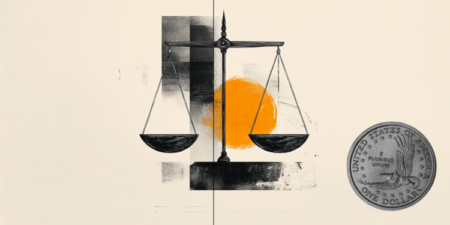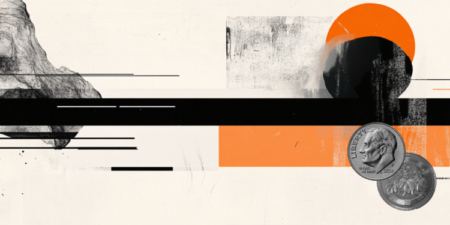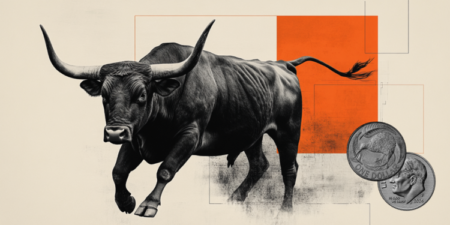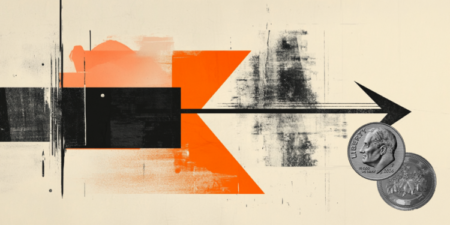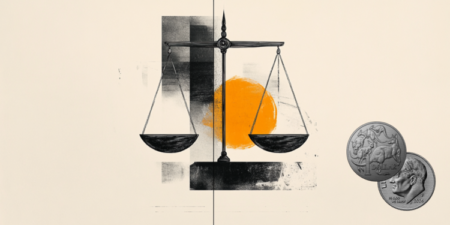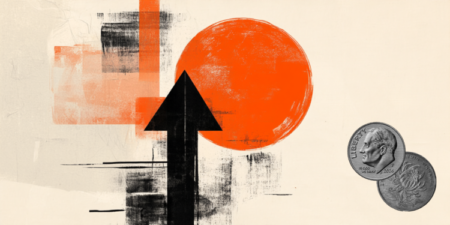- The Japanese Yen weakened after Japan’s Finance Minister Katsunobu Kato’s comments on Friday.
- Japan’s strong National CPI print reaffirms BoJ rate hike bets and helps limit losses for the JPY.
- The underlying USD bearish sentiment further contributes to keeping a lid on the USD/JPY pair.
The Japanese Yen (JPY) trims a part of heavy intraday losses, though it remains depressed amid policymakers’ attempt to talk down Japanese government bond (JGB) yields. In fact, Japan’s Finance Minister, Katsunobu Kato, said that higher long-term rates can pressure Japan’s fiscal situation. Adding to this, Bank of Japan (BoJ) Governor Kazuo Ueda fueled speculations about a possible intervention to curb a further rise in the JGB yields.
The JPY bears, however, seem reluctant to place aggressive bets amid expectations of continued BoJ rate hikes, bolstered by Japan’s strong National Consumer Price Index (CPI) report released earlier this Friday. This, along with the underlying bearish tone surrounding the US Dollar (USD), fails to assist the USD/JPY pair to capitalize on a solid intraday bounce of nearly 150 pips from the 149.30-149.25 area, or the lowest since early December.
Japanese Yen is pressured by speculations over possible intervention to curb rise in JGB yields
- Japan’s Finance Minister, Katsunobu Kato, warned this Friday that higher Japanese government bond yields will increase debt-servicing costs, which, in turn, may impact Japan’s finances. This overshadows the stronger-than-expected release of Japan’s National Consumer Price Index (CPI) and prompts some intraday selling around the Japanese Yen.
- BoJ Governor Kazuo Ueda noted that a rise in long-term interest rates will push up corporate funding costs, but also need to take into account how the improving economy will underpin their profits. If markets make abnormal moves, we stand ready to respond nimbly, such as through market operations to smooth market moves, Ueda added further.
- The latest data released by the Statistics Bureau of Japan showed that the headline National CPI climbed to a two-year high of 4.0% YoY in January from 3.6% in the previous month. Meanwhile, the Core CPI, which excludes volatile fresh food items, grew 3.2% from the previous year, compared to 3.0% recorded in December and touching a 19-month high.
- Furthermore, a core CPI reading that excludes both fresh food and fuel costs rose 2.5% in January from a year earlier, marking the fastest pace since March 2024. The data underscores rising inflationary pressure in Japan that has drawn hawkish remarks from several BoJ policymakers, which, in turn, should limit any meaningful depreciating move for the JPY.
- Moreover, expectations that sustained wage gains could spur consumer spending suggest that the BoJ could hike interest rates more aggressively than initially thought. This keeps the benchmark 10-year JGB yield elevated near its highest level since November 2009 and should continue to act as a tailwind for the lower-yielding JPY in the near term.
- A private-sector survey showed that Japan’s factory activity extended declines for an eighth straight month in February but at a slower pace. The au Jibun Bank Japan flash Manufacturing Purchasing Managers’ Index (PMI) rebounded to 48.9 from a 10-month low of 48.7 in January. In contrast, the gauge for the services sector improved to 53.1 from 53.0.
- The US Dollar touched its lowest level since December 10 on Thursday as a softer-than-anticipated sales forecast from Walmart raised doubt over US consumer health. This comes on top of worries that US President Donald Trump’s tariff plans and protectionist policies would boost inflation, which could further dent consumer spending.
- Meanwhile, Federal Reserve officials remain wary of future interest rate cuts amid sticky inflation and the uncertainty over Trump’s policy moves. In fact, St. Louis Fed President Alberto Musalem warned on Thursday that rising inflation expectations combined with the risk of stubborn stagflation could create a double challenge for the US economy.
- Earlier, Fed Board Governor Adriana Kugler said that US inflation still has some way to go to reach the 2% target and that its path toward that goal continues to be bumpy. However, Atlanta Fed president Raphael Bostic struck a dovish tone and sees room for two more rate cuts this year, though much depends on the evolving economic conditions.
- Traders now look forward to the release of flash US PMIs for fresh insight into the economic health. Friday’s US economic docket also features the Existing Home Sales data and the revised Michigan Consumer Sentiment Index. This, along with speeches from FOMC members will drive the USD demand and provide some impetus to the USD/JPY pair.
USD/JPY bears have the upper hand while below the 150.90-151.00 horizontal support breakpoint
From a technical perspective, the overnight breakdown through the 151.00-150.90 horizontal support and a subsequent fall below the 150.00 psychological mark was seen as a fresh trigger for bearish traders. Moreover, oscillators on the daily chart are holding deep in negative territory and are still away from being in the oversold zone. This, in turn, suggests that the path of least resistance for the USD/JPY pair is to the downside and any further move up could be seen as a selling opportunity near the 151.00 round figure.
Some follow-through buying, however, could trigger a short-covering rally and lift the USD/JPY pair to the 151.40 hurdle en route to the 152.00 round-figure mark. The recovery momentum, however, runs the risk of fizzling out rather quickly near the 152.65 area. The said barrier represents the very important 200-day Simple Moving Average (SMA), which if cleared decisively might shift the near-term bias in favor of bullish traders.
On the flip side, the 150.00 mark now seems to act as an immediate support ahead of the 149.30-149.25 region, or a multi-month low touched during the Asian session. This is closely followed by the 149.00 mark, below which the USD/JPY pair could slide further towards testing the December 2024 swing low, around the 148.65 region.
Bank of Japan FAQs
The Bank of Japan (BoJ) is the Japanese central bank, which sets monetary policy in the country. Its mandate is to issue banknotes and carry out currency and monetary control to ensure price stability, which means an inflation target of around 2%.
The Bank of Japan embarked in an ultra-loose monetary policy in 2013 in order to stimulate the economy and fuel inflation amid a low-inflationary environment. The bank’s policy is based on Quantitative and Qualitative Easing (QQE), or printing notes to buy assets such as government or corporate bonds to provide liquidity. In 2016, the bank doubled down on its strategy and further loosened policy by first introducing negative interest rates and then directly controlling the yield of its 10-year government bonds. In March 2024, the BoJ lifted interest rates, effectively retreating from the ultra-loose monetary policy stance.
The Bank’s massive stimulus caused the Yen to depreciate against its main currency peers. This process exacerbated in 2022 and 2023 due to an increasing policy divergence between the Bank of Japan and other main central banks, which opted to increase interest rates sharply to fight decades-high levels of inflation. The BoJ’s policy led to a widening differential with other currencies, dragging down the value of the Yen. This trend partly reversed in 2024, when the BoJ decided to abandon its ultra-loose policy stance.
A weaker Yen and the spike in global energy prices led to an increase in Japanese inflation, which exceeded the BoJ’s 2% target. The prospect of rising salaries in the country – a key element fuelling inflation – also contributed to the move.
Read the full article here








